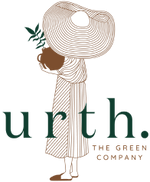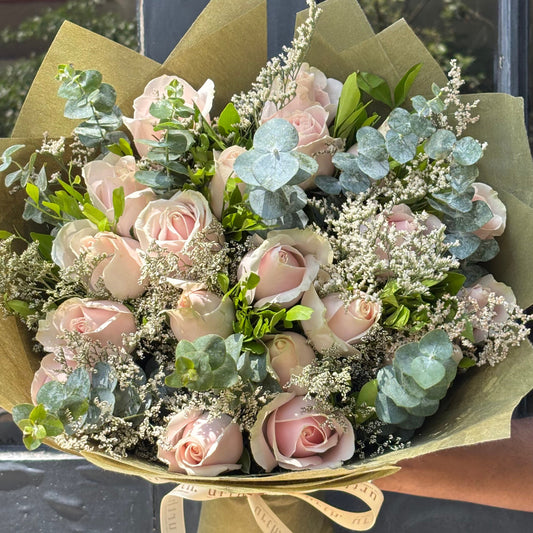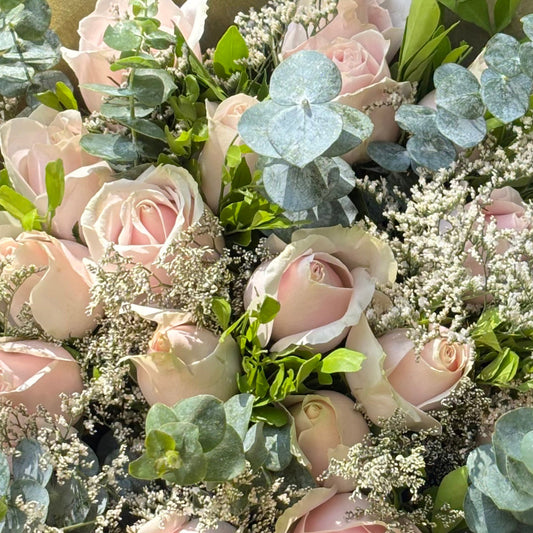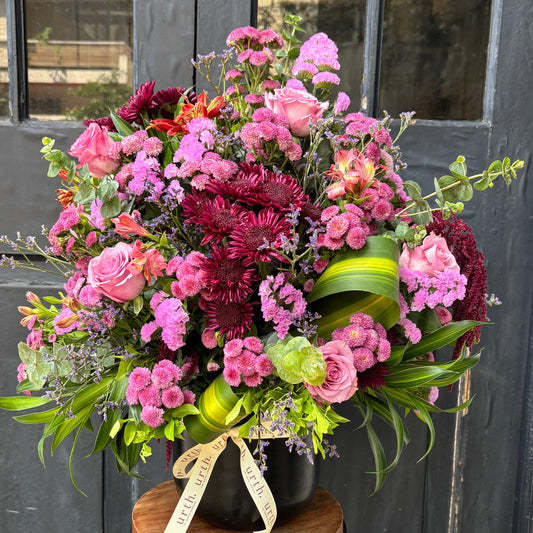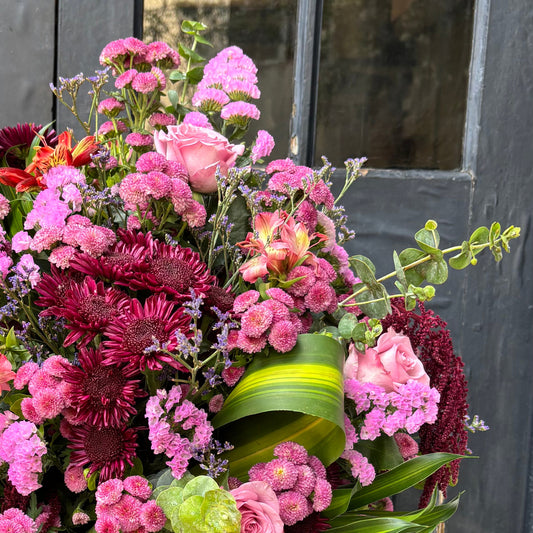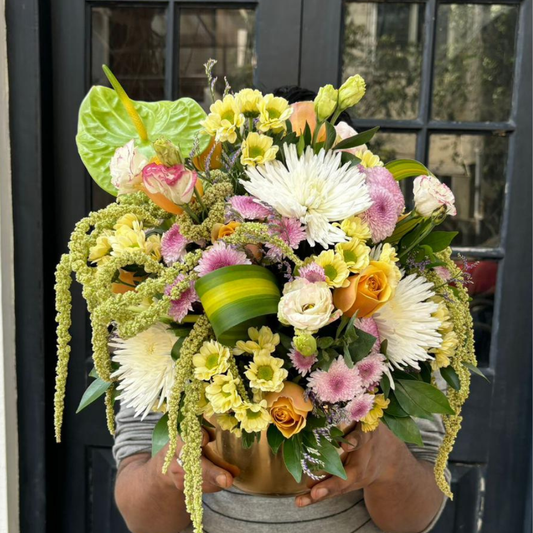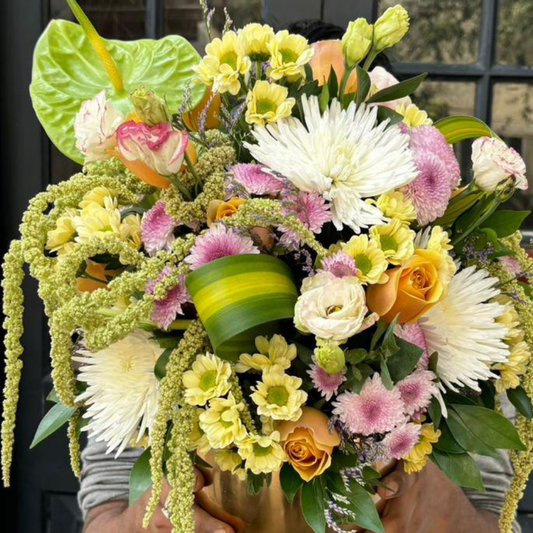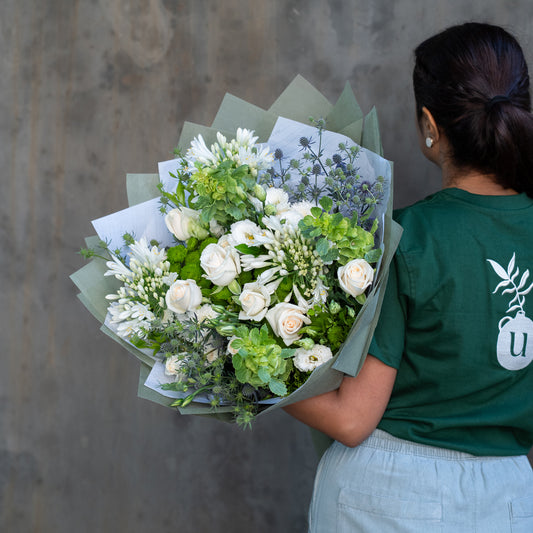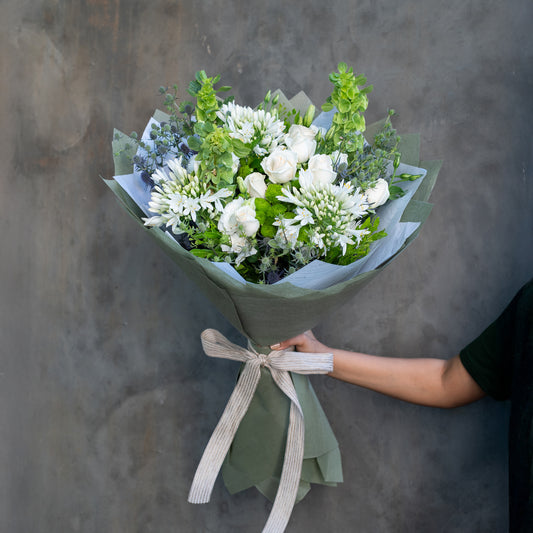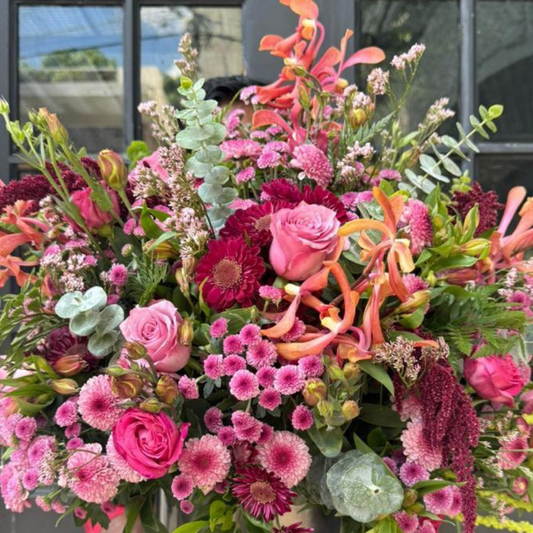Sansevieria hahnii/Bird's nest snake plant
Sansevieria hahnii/Bird's nest snake plant
Sansevieria hahnii, commonly known as Bird's Nest Snake plant, is an enchanting plant popular for its campact and clustered leaves create a mesmerizing rosette shape, reminiscent of a birds nest. The leaves of the plant are thick and fleshy, with a rich color that exudes a sense of tranquility and elegance. The smooth surface of the leaves is adorned with intriguining light green variegation, forming captivating patterns that resemble brushstrokes on a canva. As you trace your gaze along the edges of the leaves, you notice a delicate touch of creamy yellow or pale green to further enhance its visual appeal, making it a a perfect addition to any space
- Each plant is unique, size and shape fluctuate by season so all measurements are shown as a range
- Small plant measures upto 4-6" tall from the soil line to the top of the foliage
- Medium plant measures upto 6-12" tall from the soil line to the top of the foliage
- Large plant measures upto 12-24" tall from the soil line to the top of the foliage
Couldn't load pickup availability
Care Guide
Care Guide
Sansevieria trifasciata/Birds Nest Snake plant
Europe, India and Africa
Plant care
-The plant can tolerate wide range of light conditions, from bright indirect light to low light. However, they tend to thrive best in medium to bright indirect light
-The plant has low water requirements and are susceptible to root rot if overwatered. Allow the soil to dry out between the waterings
-Use well-draining soil mix formulated for succulents or cacti. Good drainage is essential to prevent waterlogged conditions that can harm the plant
-Fertilize sparingly, around once in every 2-3 months during the growing seasons
-Remove any yellowed or damaged leaves by cutting them at the base. This helps the plant to promote new growth
-Repotting is not frequently required, as these are slow growers. Repot only when the soil becomes compacted
Sad plant signs
-Yellowing of leaves: This indicates overwatering or waterlogged soil. Ensure that you are allowing the soil to dry out between waterings and adjust the routine accordingly
-Brown or mushy leaves: These indicates overwatering or inadequate drainage, leading to root rot.
-Stunted growth: This may indicate the insufficient light or inadequate fertilization
-Drooping or floppy leaves: This may be due to underwatering or lack of moisture. Remember to water thoroughly, allowing the excess water to drain away
-Brown or crispy leaf tips: This can be due to high usage of water that contains high level of dissolved minerals, consider using distilled or filtered water
-Pale or washed-out leaves: This can indicate insufficient sunlight. Ensure the plant is placed in the area with bright, indirect sunlight
-Pest infestation: The plant may be susceptible to pests and mealybugs. If you notice any signs of pests, treat it with an appropriate pesticide
Shipping Policy
Shipping Policy
Please reach out to us within 24 hours of receiving the product; otherwise, we will be unable to address your concerns due to the perishable nature of the products.
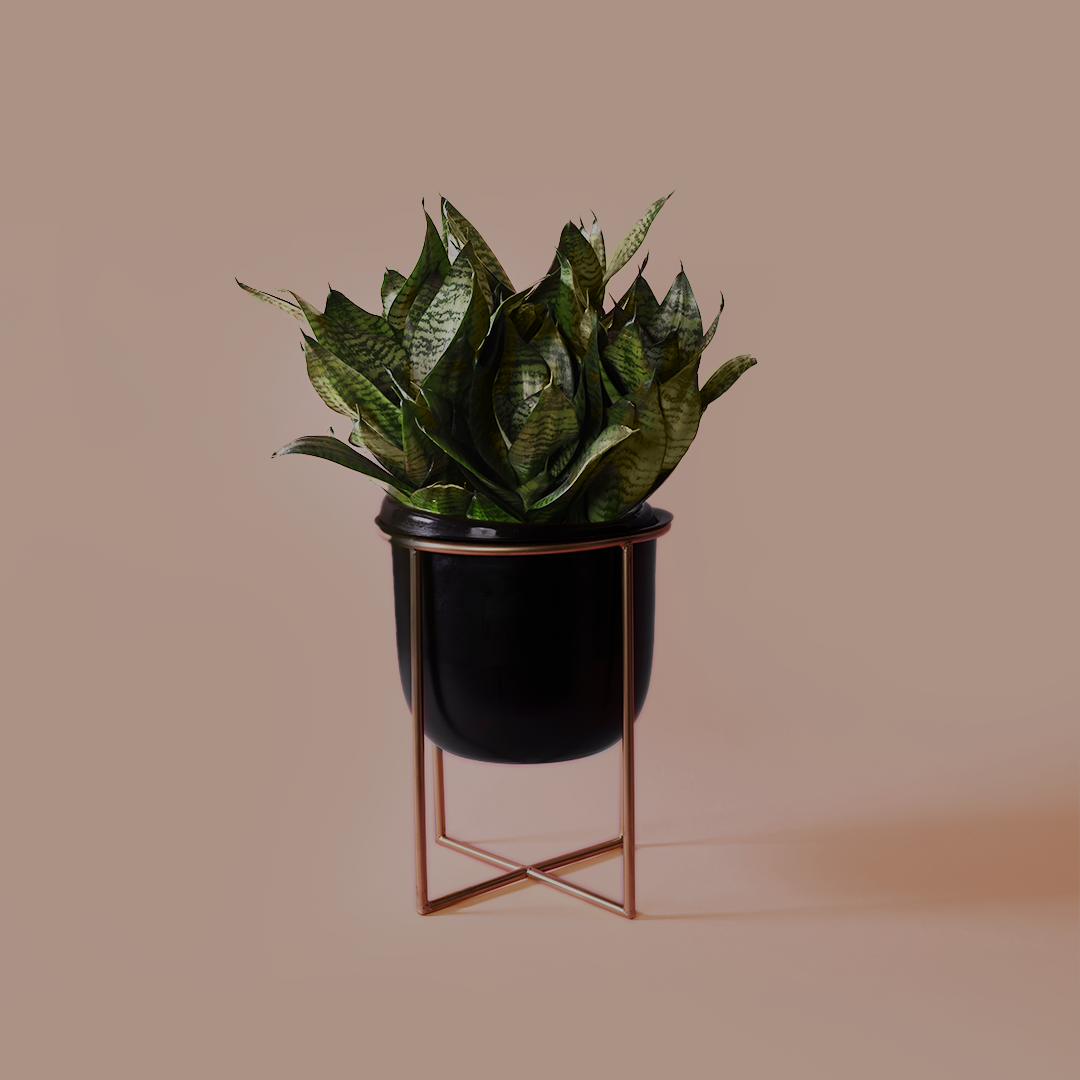
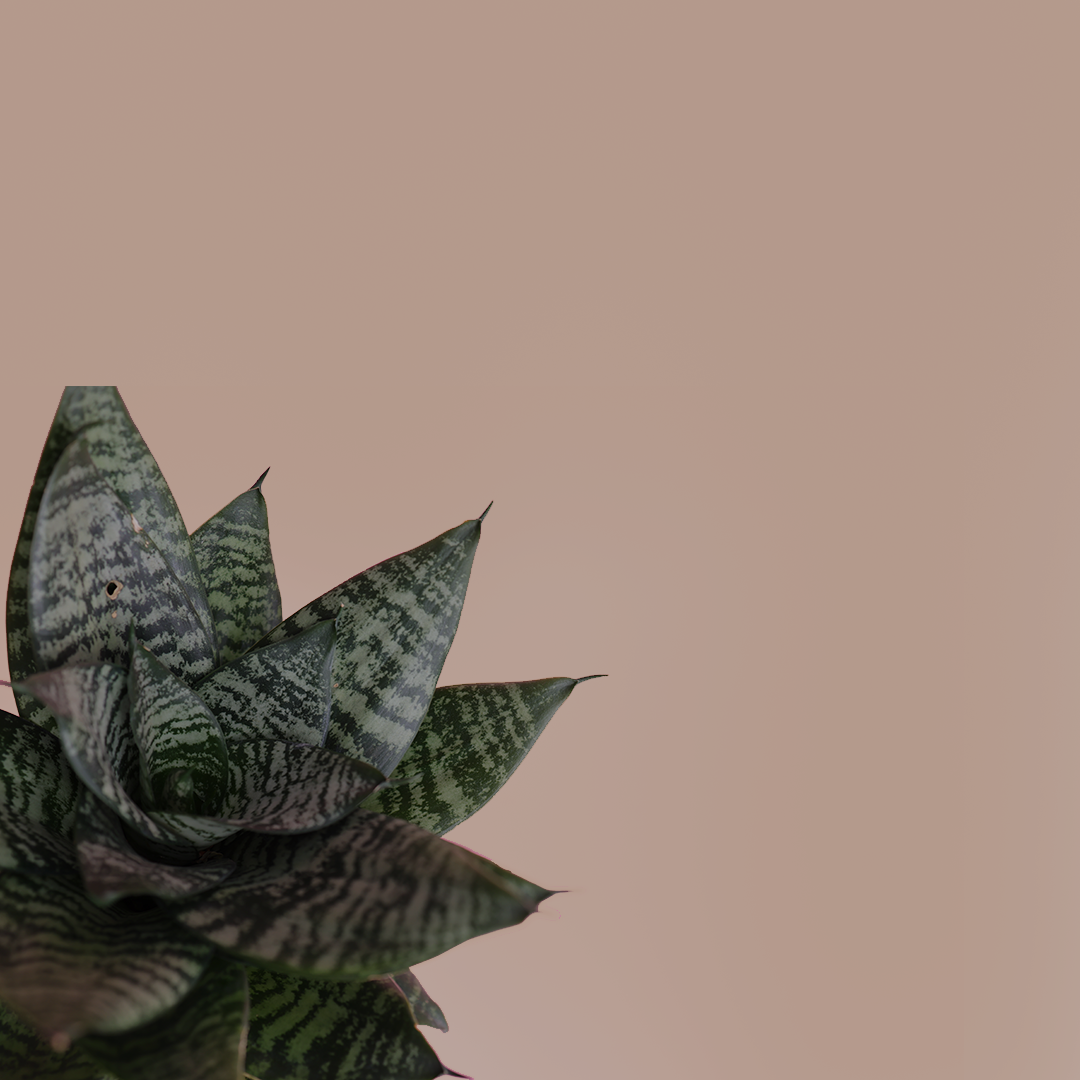

You may also like
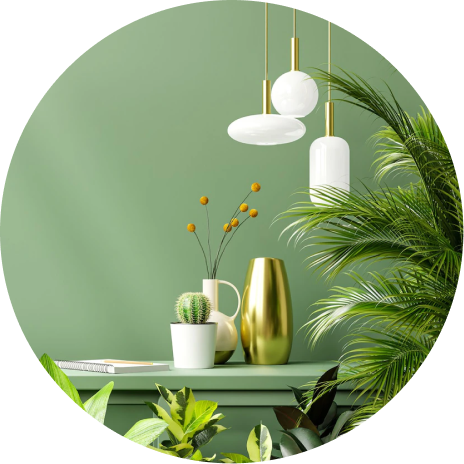
Visit Our Local Store
Discover a vibrant collection of fresh flowers, lush plants, and unique gifts. Perfect for every space and occasion, our store offers natural beauty and expert guidance to bring your vision to life. Visit us today!
